TREES & SHRUBS FOR ALL
Taking Root
Fall is my favorite time to plant trees and shrubs — it’s the best time, in fact, for most of them. Here in cold hardiness Zone 5 of New York’s Hudson Valley, the specific date is October 17th. No, no, just kidding. Anytime around the middle of fall is good.
And that’s one reason I like fall planting. With plant growth ground to a halt and the soil generally in good condition for planting, fall planting is a relaxed affair. In spring, plants are raring to grow so want their roots nestled in their permanent home as soon as possible.
But enough about timing. Let’s see what form trees and shrubs, whether in fall or spring and whether purchased through the mail or locally, are available. You can buy trees and shrubs in one of three different ways.

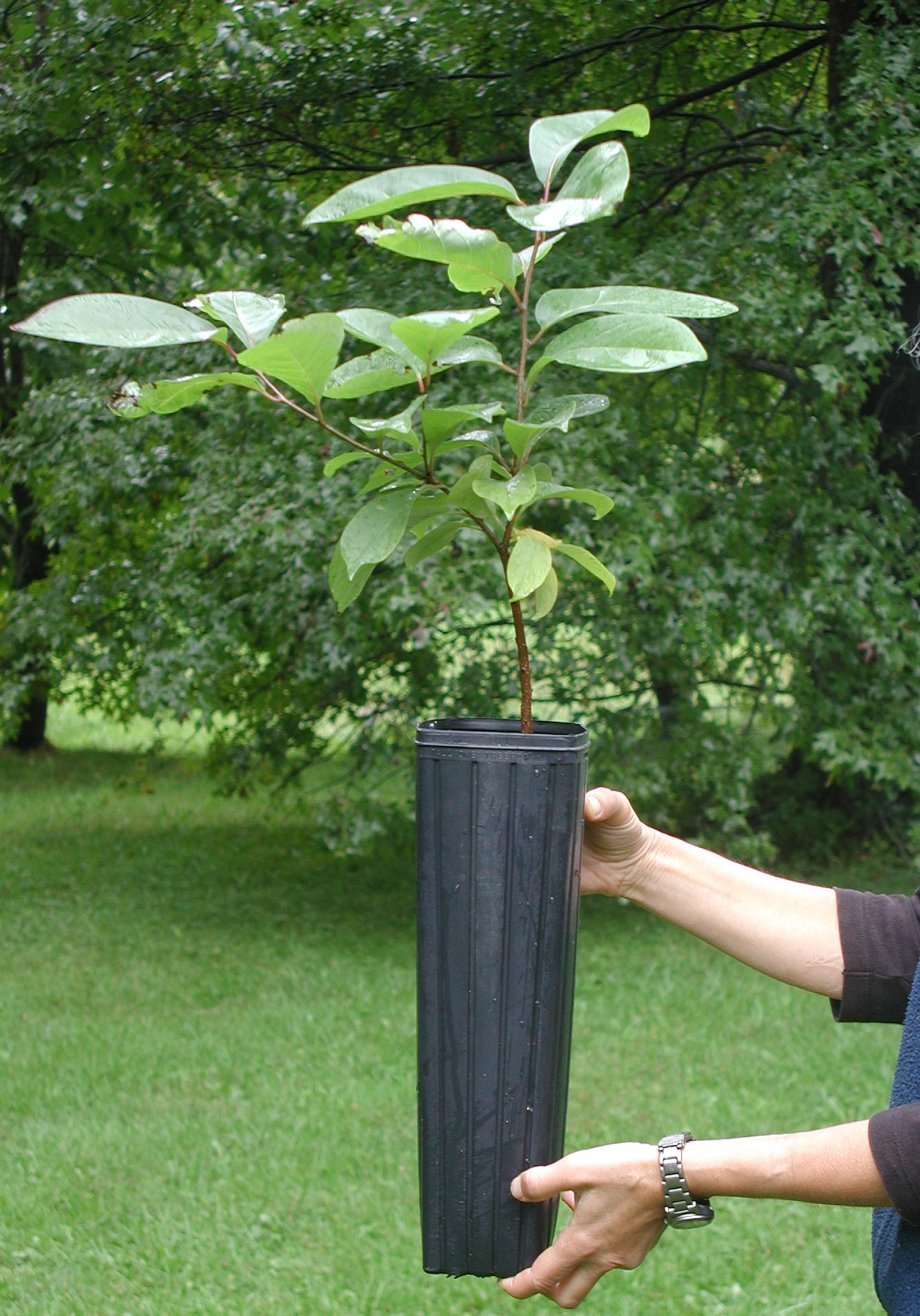

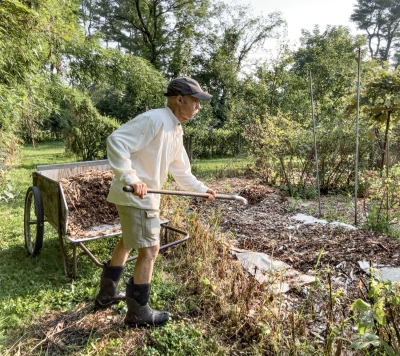 So I’ve resorted, hopefully just for this year, to laying down corrugated cardboard topped with arborist wood chips, a technique beloved to permaculturalists and historically loathed by me.
So I’ve resorted, hopefully just for this year, to laying down corrugated cardboard topped with arborist wood chips, a technique beloved to permaculturalists and historically loathed by me. 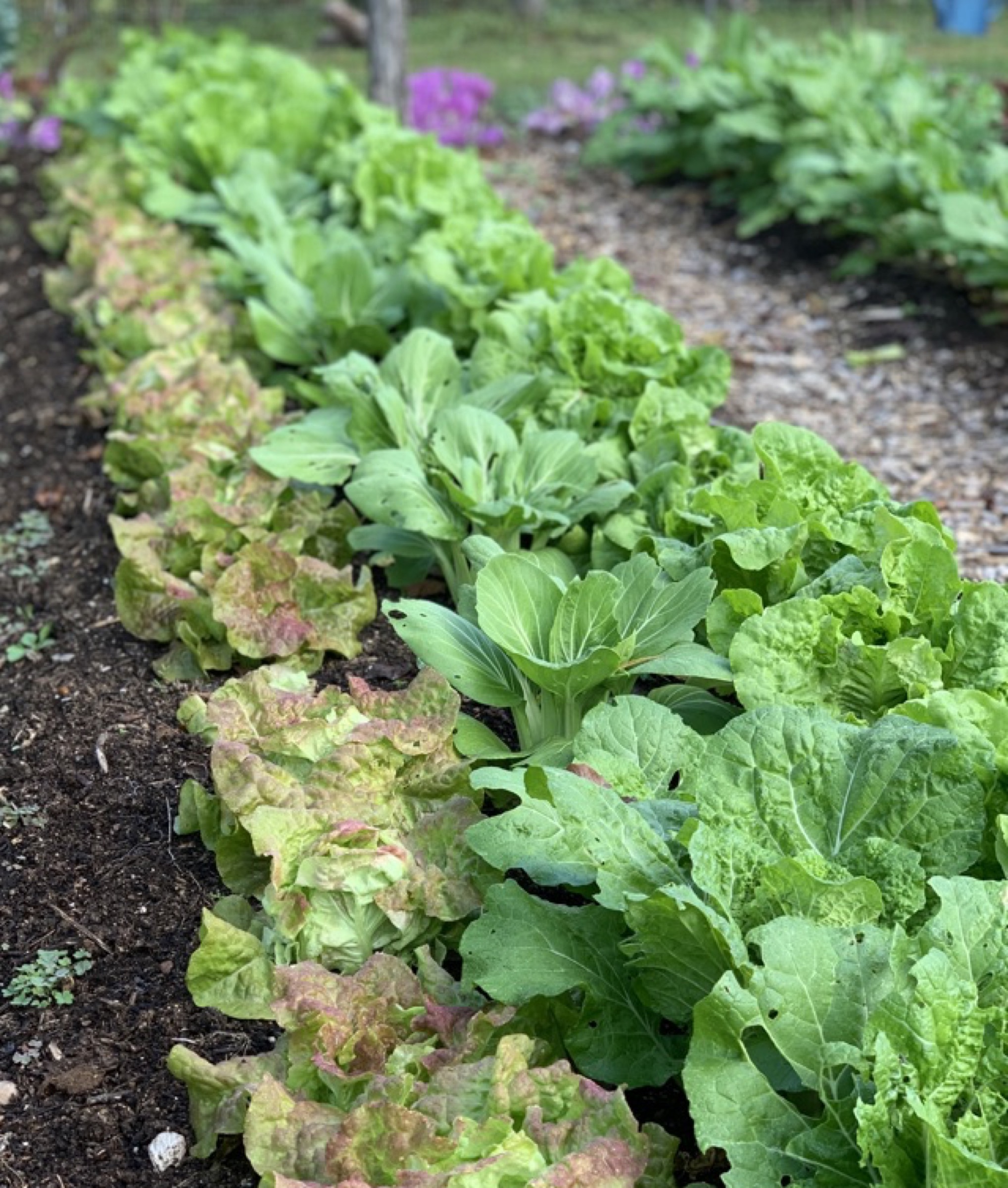
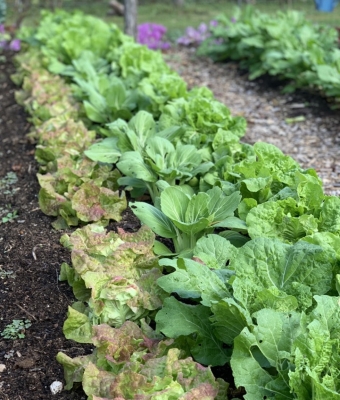
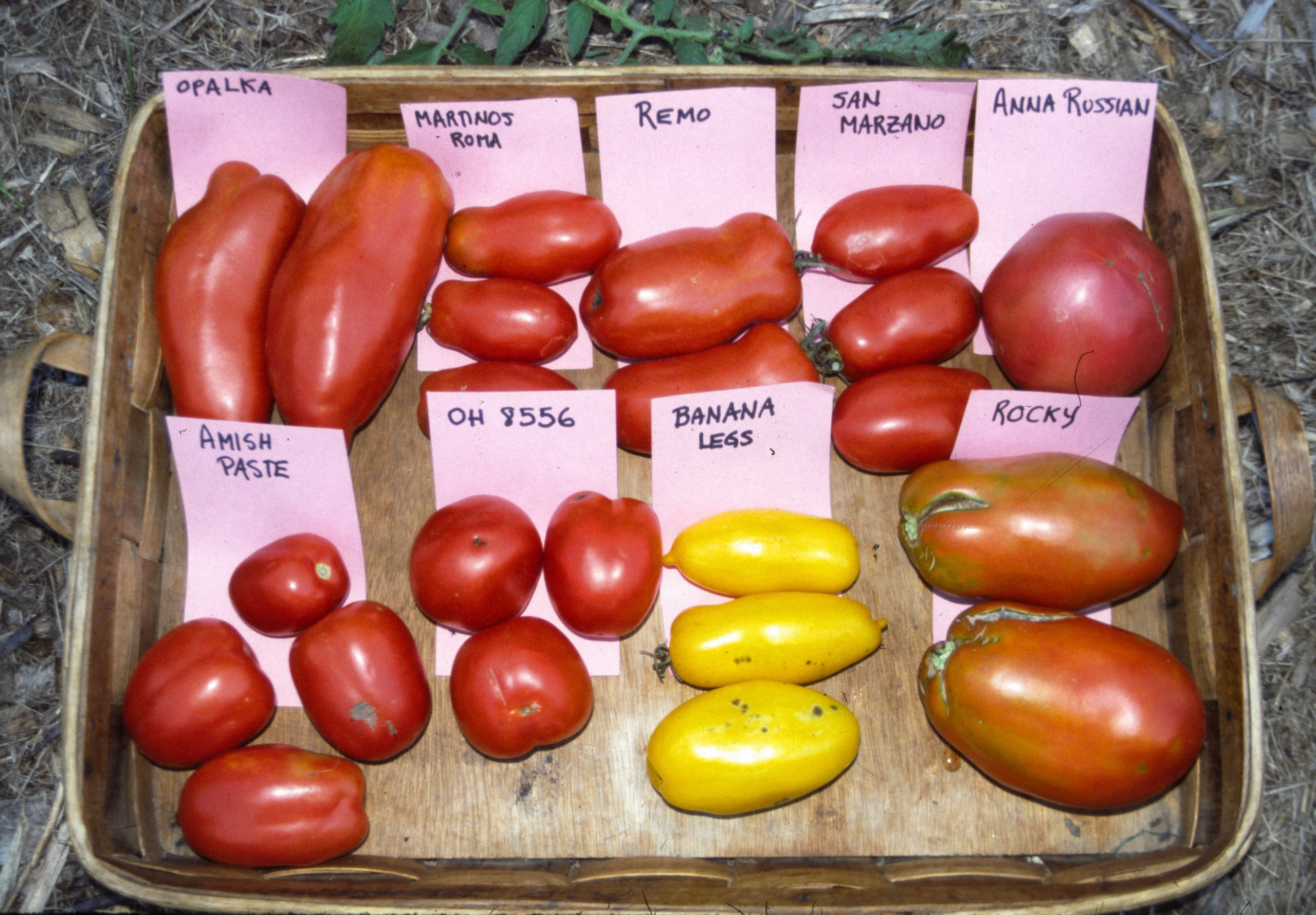
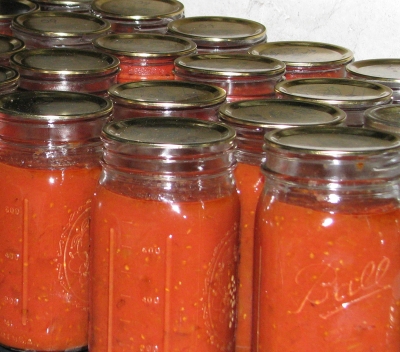 A couple of summers ago, I sorted through some of the paste tomato varieties available, planting, growing, and evaluating flavors of the reputed best. These were varieties highly touted by seed purveyors, some gardeners, and on the web.
A couple of summers ago, I sorted through some of the paste tomato varieties available, planting, growing, and evaluating flavors of the reputed best. These were varieties highly touted by seed purveyors, some gardeners, and on the web.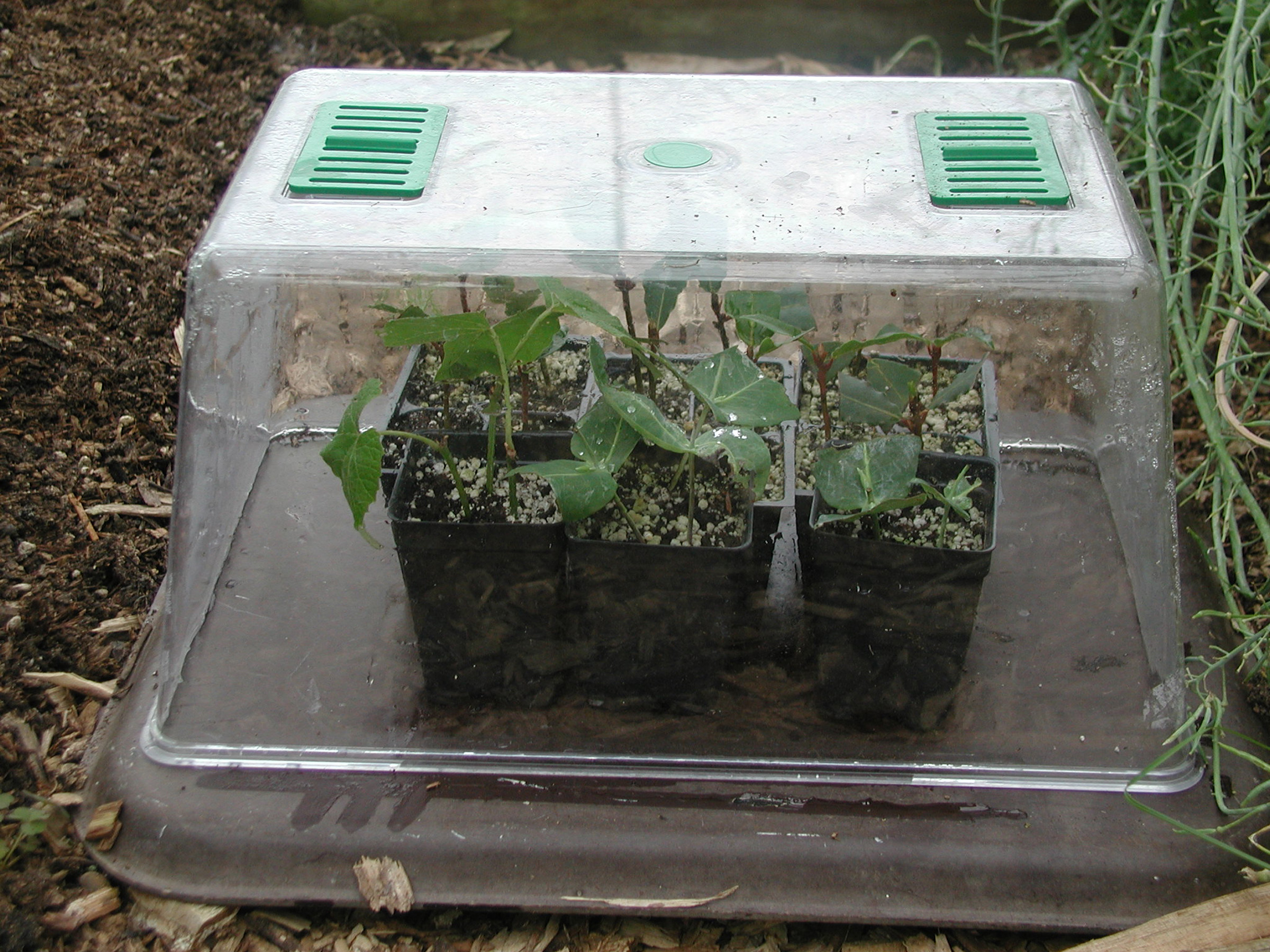
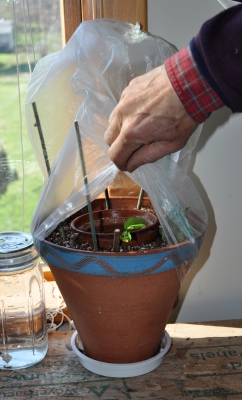
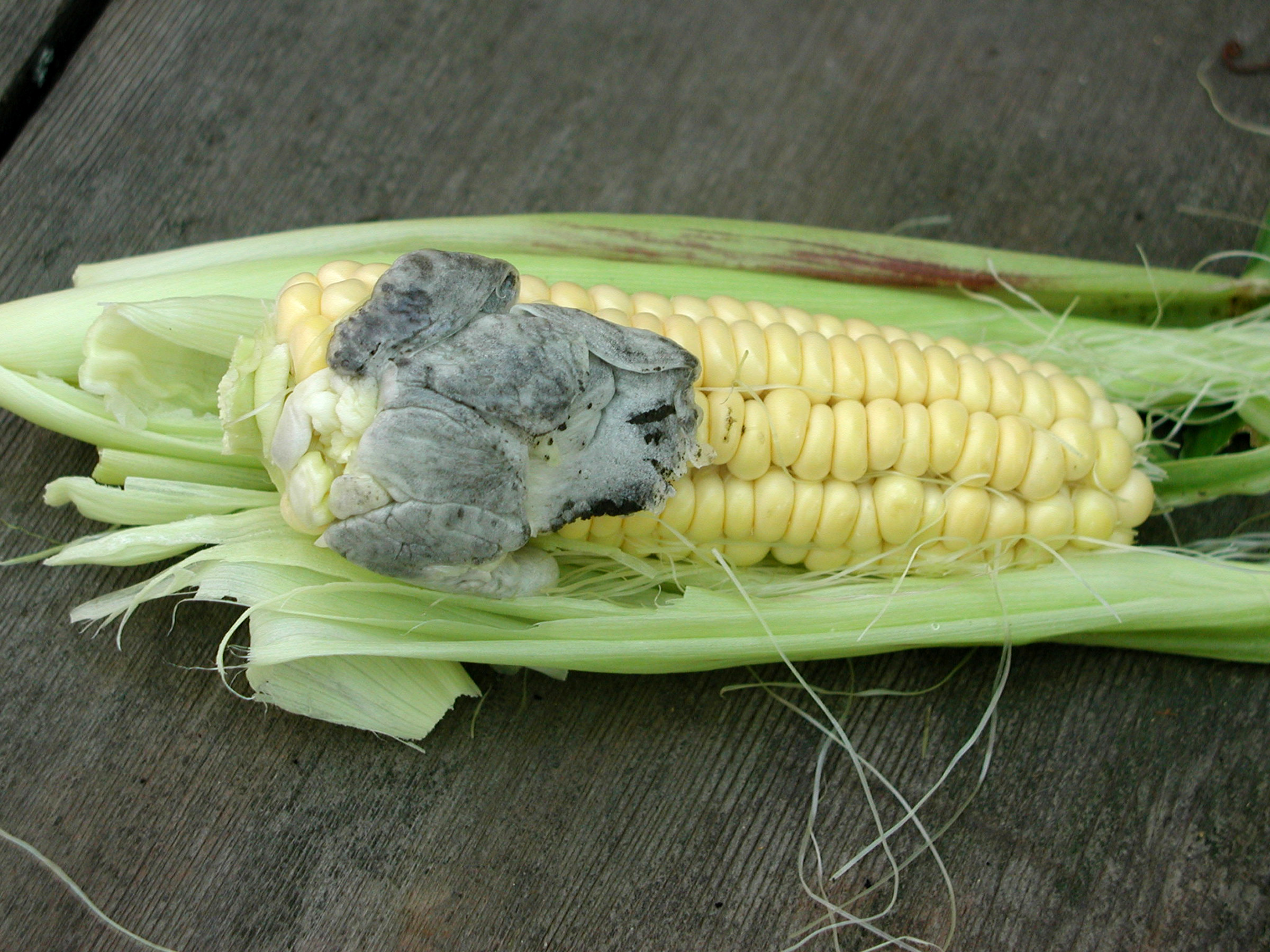
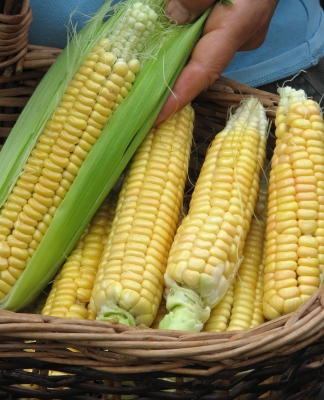
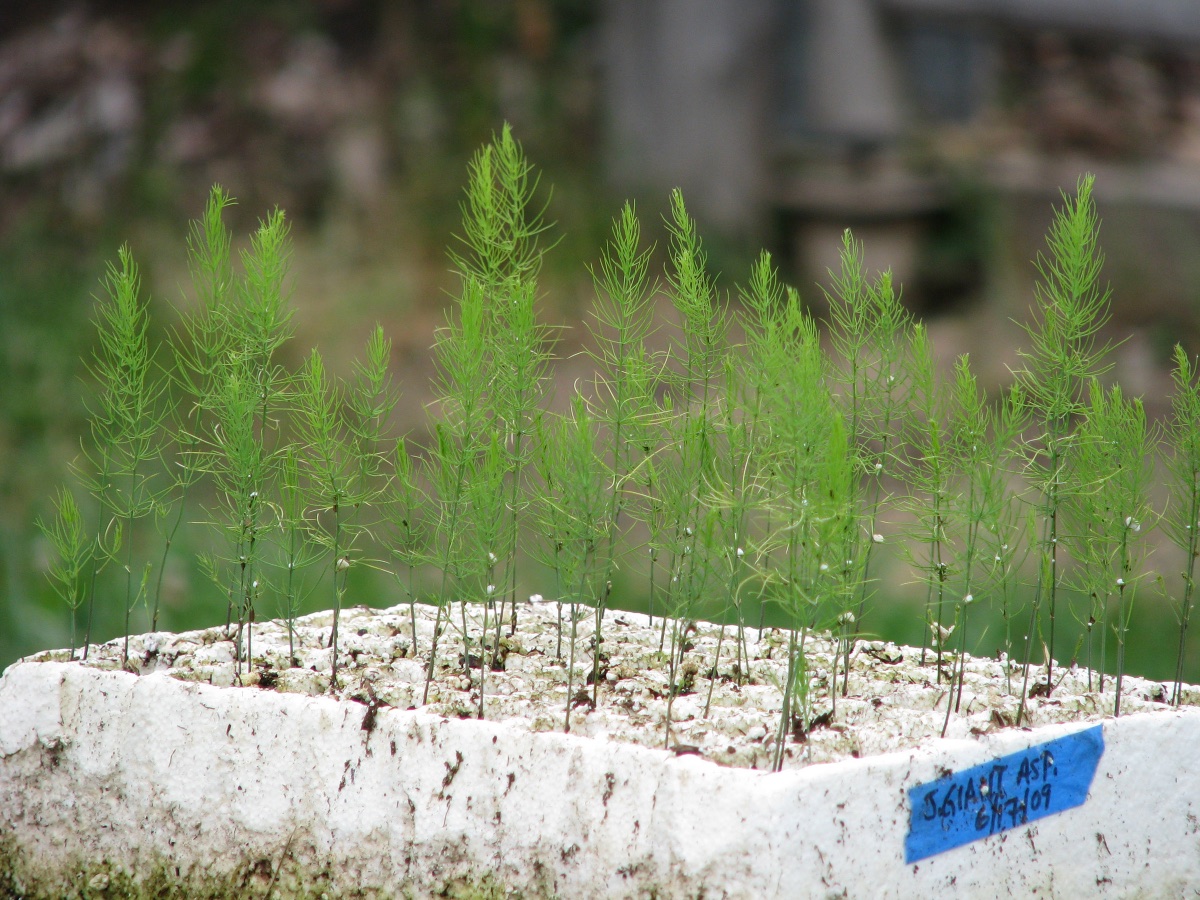
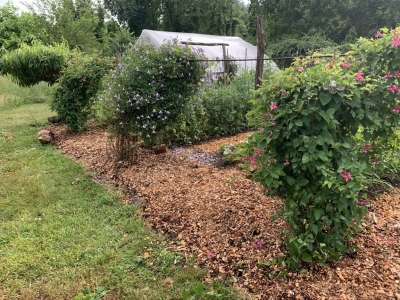
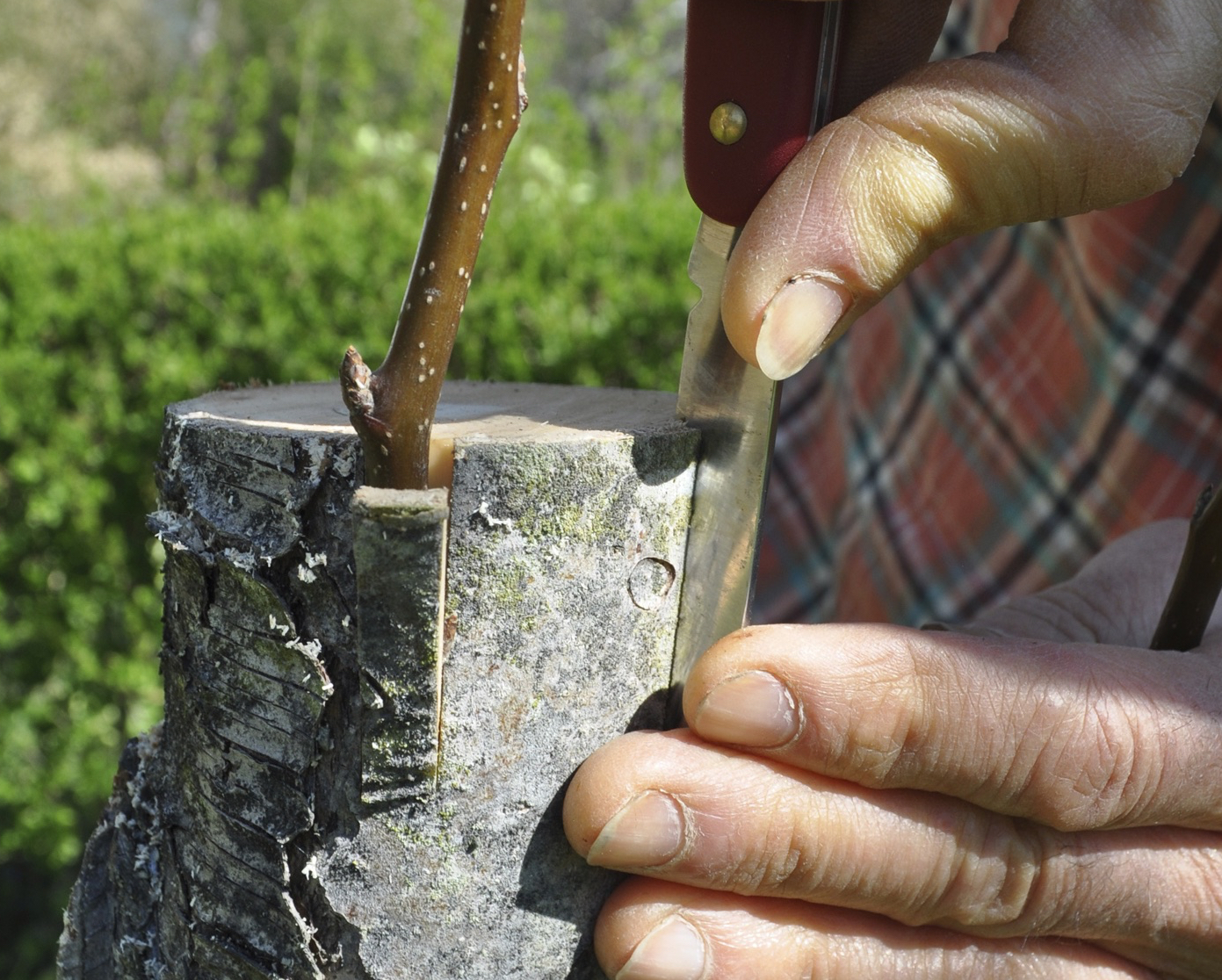
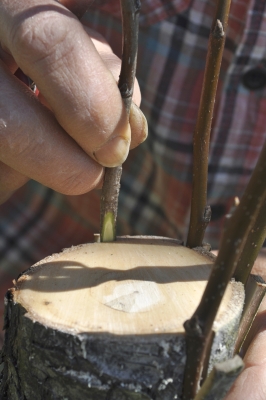
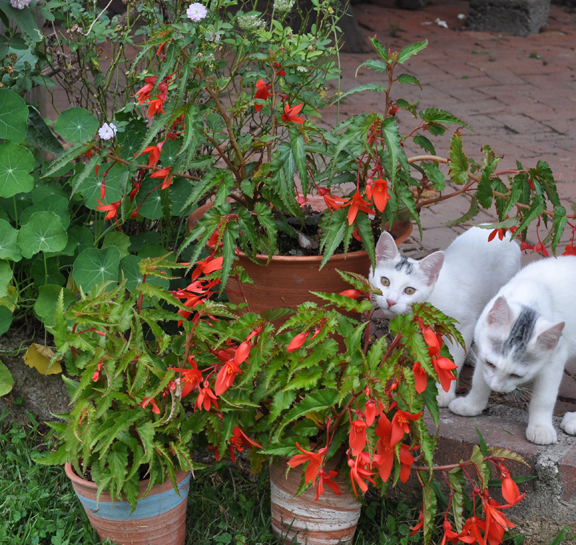
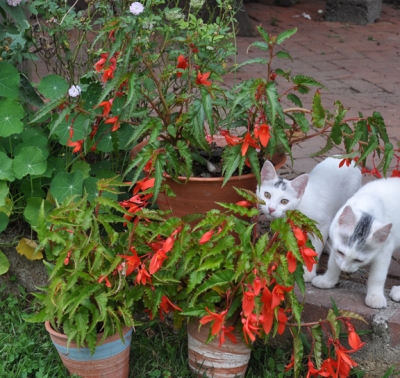

 Build beds high enough to take the roots up out of the water, and wide enough so they don’t dry out too quickly.
Build beds high enough to take the roots up out of the water, and wide enough so they don’t dry out too quickly. 